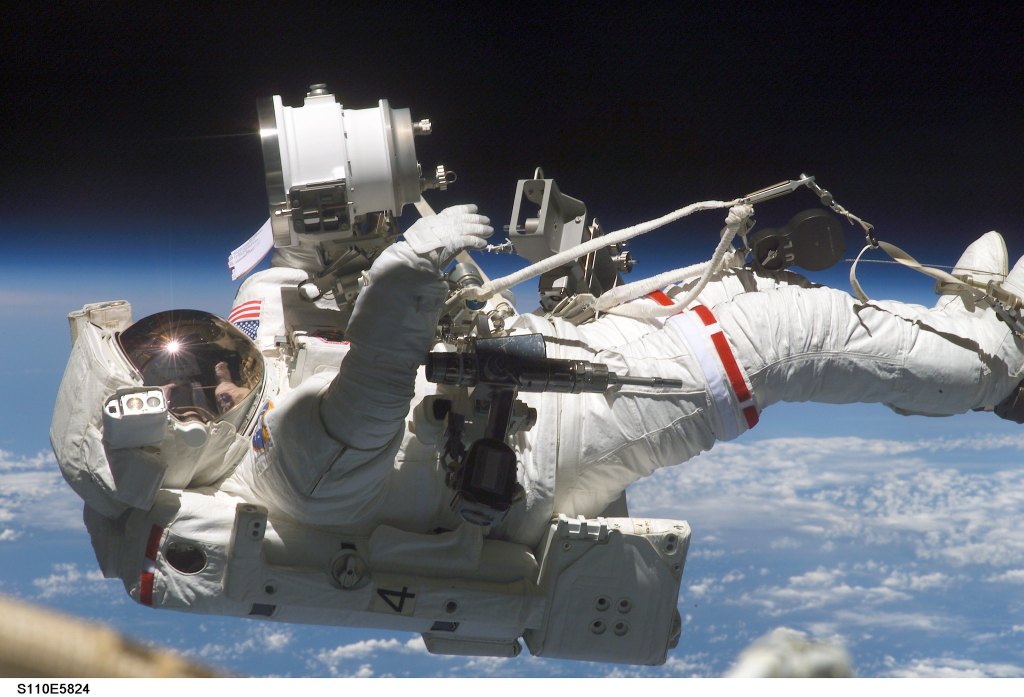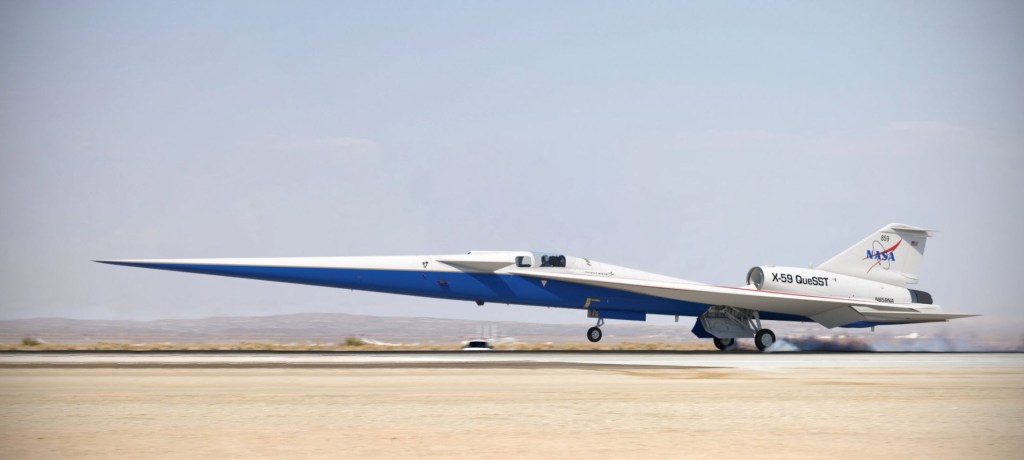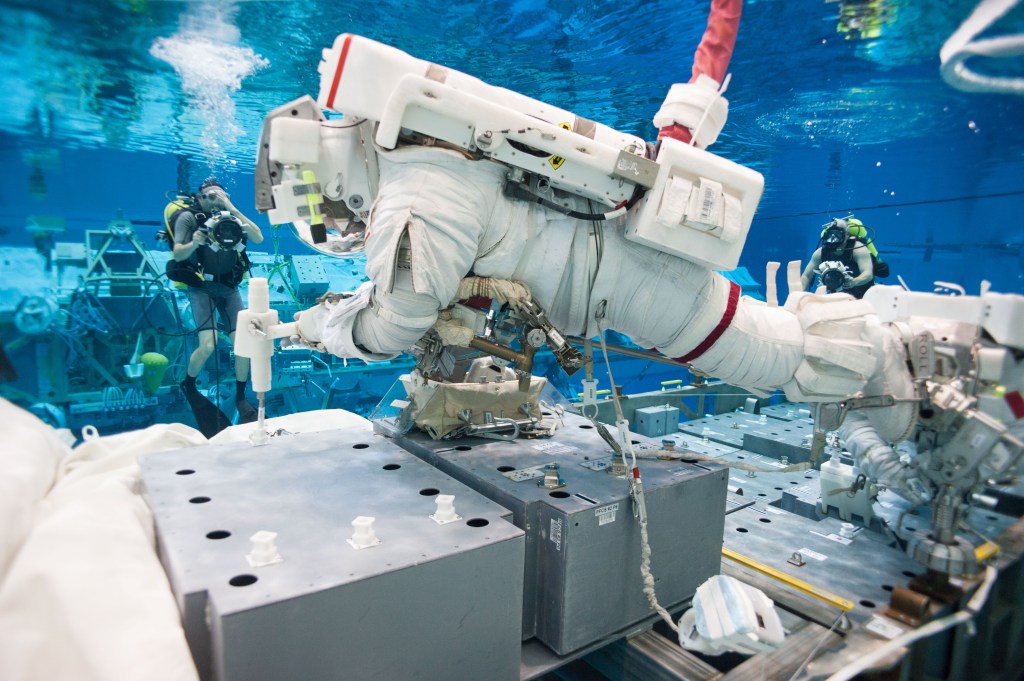5.0 Training

Contents
- 5 TRAINING
- 5.1 Medical Training
- 5.2 Crewmember Training
- 5.2.1 Crew Medical Officer Medical Training
- 5.2.1.1 Crew Medical Officers Quantity
- 5.2.2 Medical Training Verification
- 5.3 Flight Surgeon Training
- 5.4 Medical Operations Flight Controller Training
- 5.5 Support Personnel Training
- 5.6 Psychological Mission Training
- 5.7 Physiological Exposure Mission Training
5 TRAINING
The following technical requirements outline the required training for personnel who support a spaceflight mission including but not limited to NASA personnel, International Partners, and commercial providers.
5.1 Medical Training
[V1 5001] Medical training shall be provided to crewmembers, flight surgeons (FSs), mission control support staff, and other ground support personnel (GSP).
[Rationale: Crewmembers, flight surgeons (FSs), mission control support staff, and other ground support personnel will encounter a variety of situations, from launch to landing, that will require medical training including, but not limited to: basic first aid and CPR ,basic health, behavioral health, and medical operations including medical kit utilization, space medicine (altitude, carbon dioxide exposure, decompression sickness and pressure effects) training, toxic exposure (e.g. ammonia), and emergency medical interventions. This training will vary depending on DRM, mission duration, personnel number, and expertise.]
5.2 Crewmember Training
[V1 5002] Beginning with the crewmember candidate year, general medical training, including but not limited to, first aid, cardiopulmonary resuscitation (CPR), altitude physiological training, carbon dioxide exposure training, familiarization with medical issues, procedures of spaceflight, psychological training, toxicology, medical equipment, and supervised physical conditioning training shall be provided to the astronaut corps.
[Rationale: Crewmembers begin medical training, starting their candidate year, to enable them to care for themselves and other crewmembers during missions. Training includes but is not limited to, basic first aid and CPR, basic health, behavioral health, and medical operations including medical kit utilization, space medicine (altitude, carbon dioxide exposure, decompression sickness and pressure effects) training, toxic exposure (e.g., ammonia), exercise countermeasures, and emergency medical interventions. Training depends on DRM, mission duration, personnel number, and crewmember expertise.]
5.2.1 Crew Medical Officer Medical Training
[V1 5003] Crewmembers who have received a mission assignment as a Crew Medical Officer (CMO) shall be provided with detailed and specific medical training, including but not limited to, health issues, space physiology, behavioral health, medical procedures, medical equipment, toxicology, and countermeasures.
[Rationale: Crew Medical Officer refers to a crewmember who has been assigned as a medical expert for a particular mission. CMOs often are, but are not required, to be physicians. CMOs receive more specific training including but not limited to: detailed general health training, behavioral health, human physiology, treatment for health events with increased risk, treatment of risks specific to space (space physiology) including but not limited to: kidney stones, SANS, effects of altitude, pressure, CO2 exposure, medical procedures, and techniques (i.e., ultrasound, cardio equipment, hematology monitoring, toxicology, and countermeasures).]
5.2.1.1 Crew Medical Officers Quantity
[V1 3006] The program(s) shall train a minimum of two crewmembers per vehicle/platform as Crew Medical Officers (CMOs).
[Rationale: It is critical to have two CMOs for each vehicle/platform to ensure that a backup is available for medical treatment. Additional considerations are needed for missions that include multiple vehicles and varying locations. For example, if a vehicle launches with an initial crew complement and then part of that crew complement leaves for another destination, then it is critical that two CMOs are available at each location. Depending on total mission design, this may require more than two CMOs to be launched on a vehicle. Additionally, all other crewmembers become familiar with the use of in-mission medical equipment and protocols. This can be further facilitated by choosing equipment that is designed for ease of use.]
5.2.2 Medical Training Verification
[V1 5004] Medical Training shall be verified for all personnel.
[Rationale: Crewmembers and all associated personnel, including ground crew, have a training plan and completion record. Documented training plans are necessary and used to determine personnel readiness to support the mission. The level of training required varies by position, role, and DRM. New training programs may vary but are to have intent consistent with well-established programs, satisfy the established training requirements, and be verifiable.]
5.3 Flight Surgeon Training
[V1 5005] Flight Surgeons, including but not limited to NASA and International Partners, assigned to support the subject space program shall receive training and certification in accordance with a program-specific training plan.
[Rationale: For the subject program, this training includes courses such as mission controller certification (for all involved Mission Control Centers), advanced cardiac life support/advanced trauma life support (ACLS/ATLS), flight medicine procedures, aerospace physiology, space medicine, hyperbaric medicine, and emergency mishap response. An example is JSC-26546, NASA International Space Station Flight Surgeon Training and Certification Plan.]
5.4 Medical Operations Flight Controller Training
[V1 5006] All Medical Operations personnel staffing the Mission Control Center (MCC) shall be trained and certified according to program-specific training and certification plans.
[Rationale: Flight control personnel have a training plan and completion record including recertification at proper intervals, to determine personnel readiness to support the mission. The level of training required varies by position, role, and DRM. New training programs may vary but are to have intent consistent with well-established programs, satisfy the established training requirements, and be verifiable.]
5.5 Support Personnel Training
[V1 5007] Supervised training programs shall be implemented for individuals including but not limited to NASA personnel, International Partners, and commercial/private space programs, who require knowledge of space medicine or flight medical procedures, such as flight directors, medical consultants, and/or other personnel deemed appropriate as part of the Medical and Crew Health Technical Requirements Document.
[Rationale: Support personnel have a training plan and completion record to determine personnel readiness to support the mission. The level of training required varies by position, role, and DRM. New training programs may vary but are to have intent consistent with well-established programs, satisfy the established training requirements, and be verifiable.]
5.6 Psychological Mission Training
[V1 5008] Specific pre-mission briefings and training shall be provided as appropriate to the commander (CDR), CMOs, crewmembers, key ground personnel, and crew families concerning the significant psychological and social phenomena that may arise in all phases of a mission.
[Rationale: This training may include the following:
- Provision of recommendations and guidelines for family support activities.
- Training and support for effective individual adaptation, crew integration, and team dynamics.
- Training for medical and other GSP as indicated in support of behavior and performance issues.
- Cross-cultural training and support as indicated for international missions.
- Palliative and mortality incidents.]
5.7 Physiological Exposure Mission Training
[V1 5009] Physiological training shall be provided to assist crewmembers with pre-mission familiarization to in-flight exposures including but not limited to: carbon dioxide [CO2] exposure training, hypoxia training/instruction, centrifuge, and high-performance aircraft microgravity adaptation training in preparation for each mission.
[Rationale: Familiarity with the space environment, including atmospheric conditions and factors that may affect human performance, increases awareness of potential risks and improves the ability of a crewmember to mitigate such risks. Training tailored to specific vehicular considerations, such as hypergravity profile and onboard atmospheric parameters, further increases operational performance and the likelihood of mission success.]






























